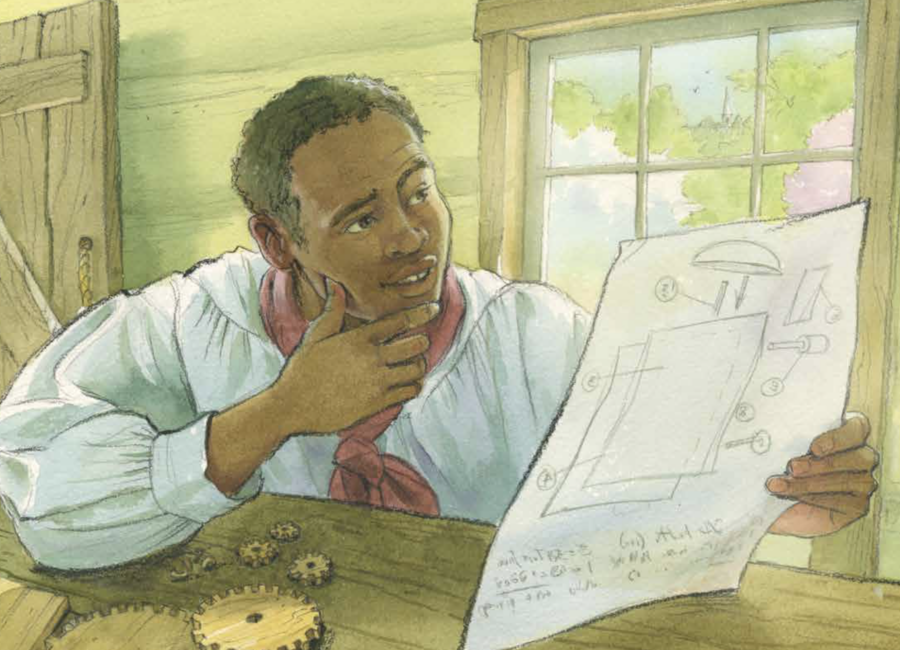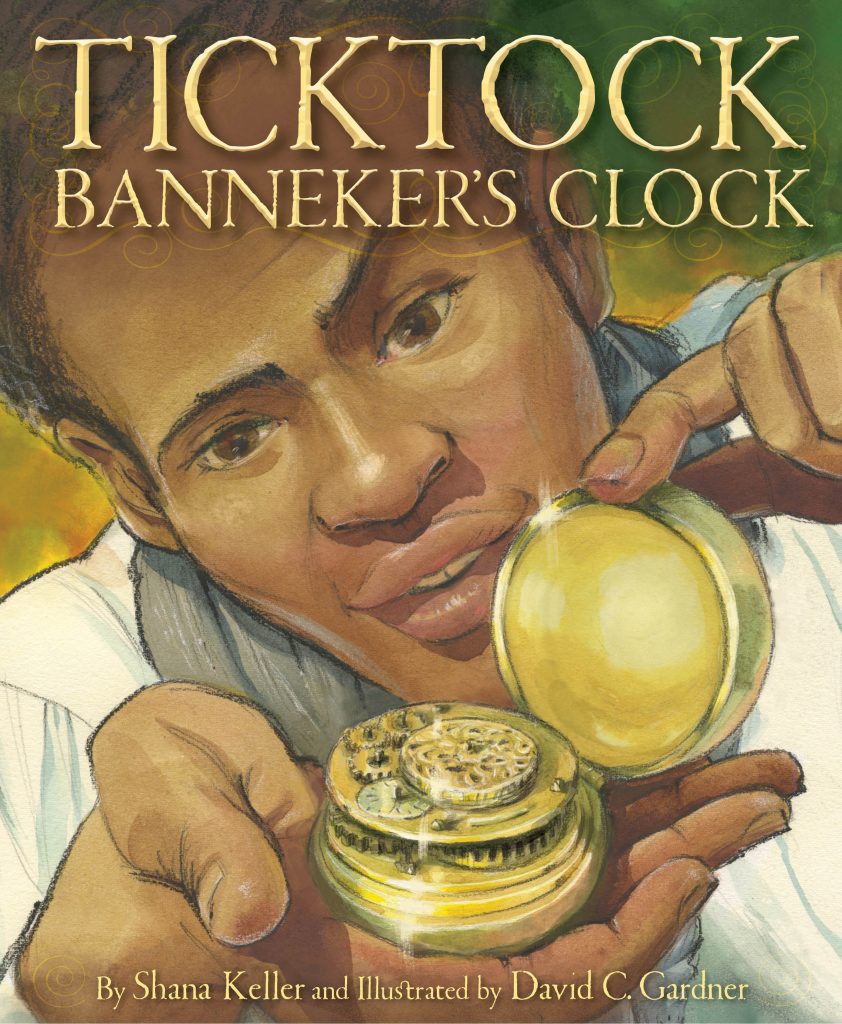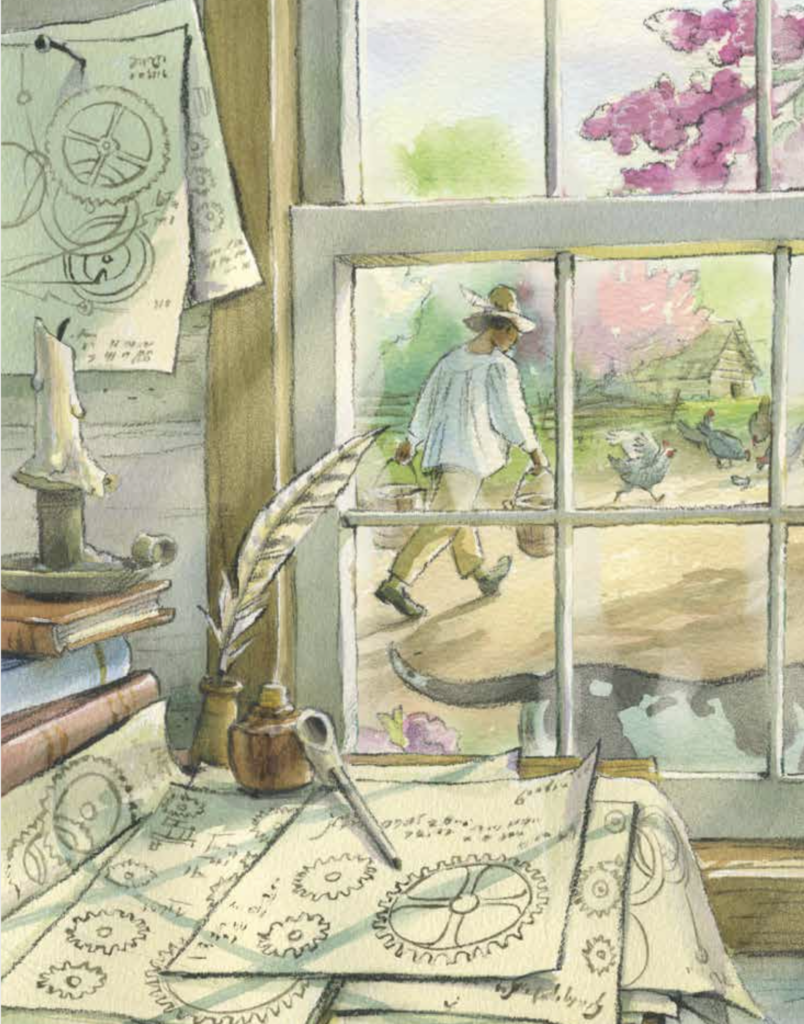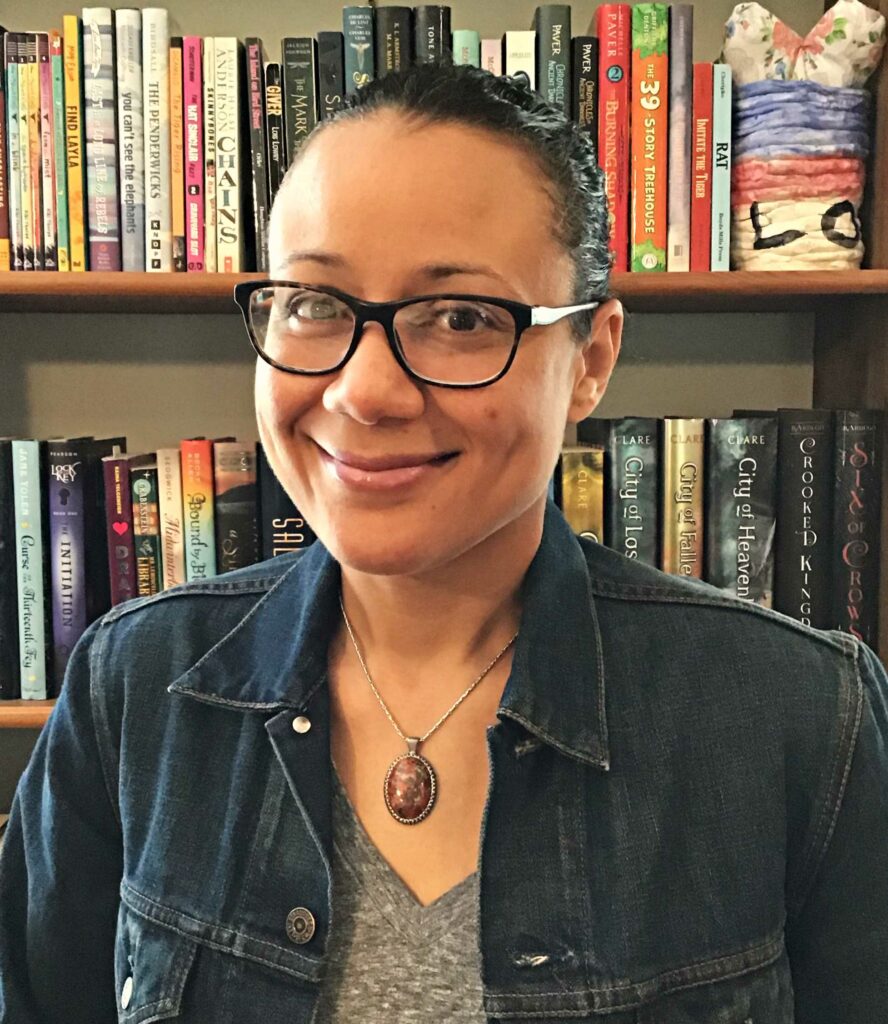
GUEST BLOGGER SHANA KELLER
Benjamin Banneker was born in 1731. He grew up on a farm near Ellicott City, Maryland. Though he is not as well-known as Benjamin Franklin, Benjamin Banneker was also a scientist and inventor. As a young man, he ventured into town every few weeks to purchase supplies, learn news about the colonies, and solve math problems sent to him by neighbors and other farmers. He also wrote almanacs, predicted eclipses, helped survey the District of Columbia, and created a strike clock by reverse engineering a pocket watch.
Reverse engineering like Benjamin Banneker
In Ticktock Banneker’s Clock, Benjamin Banneker uses a pocket watch as a model to build a strike clock by taking it apart step by step to see how it was made. By studying the process of Benjamin’s deconstruction of the pocket watch and his careful labeling of diagrams to rebuild it, students will then have an opportunity to analyze design structures and components. Through examining these devices, young engineers can improve upon current designs and inventions, or create their own.
Ask students if there is anything they have tried to take apart without instructions or a manual. In our home, we’ve taken apart bunkbeds, Oreos, computers, and fidget spinners, to name a few. After disassembling the objects, ask students how they would remember to put them back together again. Based on the items or objects they think of, ask students how detailed their diagrams would need to be to reconstruct their item. Ask if they would include written instructions, or just drawings, and why.
Why scales?
Benjamin made diagrams (drawings) of the pieces and where they went as he took the watch apart. These diagrams became an instruction manual of sorts. Next, he drew a larger version of his diagrams, a scale, to increase the size of his clock and to remember how to put the pocket watch back together.
Ask students the following questions:
- Why are scales important?
- How can we use scales?
- Have you ever seen the phrase NOT TO SCALE? (Student answers are wide and varied, but some of the more common answers include micro machines, cereal boxes, and maps.)
Drawing to scale
A fun idea I love to share comes from Fast Times of a Middle School Math Teacher. Ask students to bring a candy wrapper to school, and then draw a centimeter grid over it. (Tip: tape the wrapper on grid paper so they can draw straight lines easier.)
After they grid their wrappers, allow students to decide on a scale they want to use. Than ask students to draw a new grid to match their scale factor. Once they finish the grid, they can begin to draw the images in the matching squares.
Social Studies & equality
A self-taught scientist, Benjamin Banneker was a free, land-owning, African American who lived during a period of slavery. This biography can open the dialogue about his social interactions, his education, landownership in Colonial America, and his ideology-including select correspondence with Thomas Jefferson regarding the issues of slavery.
Common Core alignment
3-5-ETS1 Engineering Design
CORE Curriculum – Engineering Design & Next Generation Science Standards (NGSS) Ideas/practices.
Shana Keller writes books for children and young inventors. Entrenched in the world of STEM/STEAM, she is happy to share her experience filing a patent for her own invention. She serves on the Advisory Board for the Carter Center for K-12 Black History Education founded by Dr. LaGarrett J. King. She has authored three picture books with Sleeping Bear Press including Ticktock Banneker’s Clock, Best STEM Book, Children’s Book Council, illustrated by David C. Gardner, Fly, Firefly!, illustrated by Ramona Kaulitzki, and Bread for Words, A Frederick Douglass Story, an Irma Black Honor, illustrated by Kayla Stark. Her next title, The Peach Pit Parade illustrated by Margeaux Lucas will be released in the spring of 2022. For more information, please visit her online at www.shanakeller.com and on Instagram @theshanakeller.











Leave a Reply
Your email is safe with me.